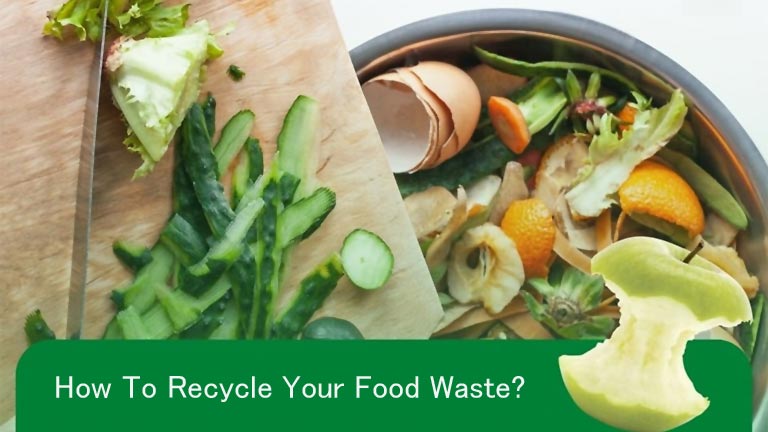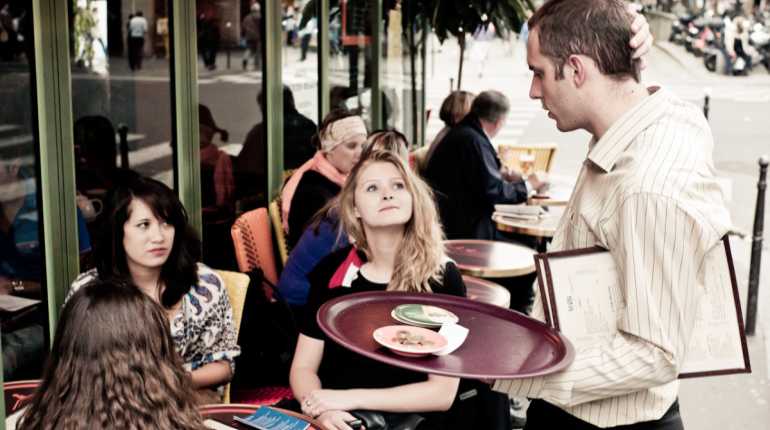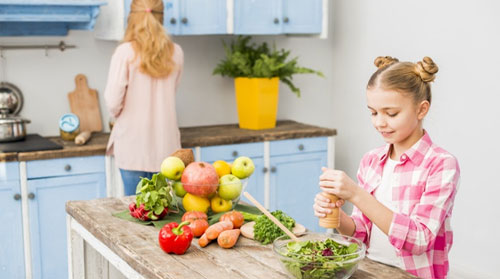
Food waste is now widely recognised as a significant problem. It’s global in the sense that the environmental impact affects everyone. At the same time, it’s arguably highly localised in the sense that some countries produce vastly more food waste than others. With that in mind, we shares some expert tips on how you can recycle your food waste.
Remember that reducing is better than recycling
Recycling food waste is much better than sending it to landfill. Reducing food waste, however, is even better. At a minimum, therefore, do your best to use up all the food you buy.
When you eat out, try to eat everything you’ve ordered. If you can’t manage it all at the time, see if you can take it away. Many eateries are more than happy for customers to do this. It reduces the amount of waste they produce and hence their waste-management bills.
It’s even better if you can learn to use parts of food that you would normally throw away. The internet can be a great place to find information and guidance about this. With that said, choose your sources with care.
The benefits of recycling food waste
The main benefit of recycling is that recycling existing products uses fewer resources than creating them from scratch. It, therefore, creates environmental benefits and often saves money. Here is how this applies to recycling food waste.
Recycled food waste = compost
For practical purposes, recycling food waste means turning it into compost. This can be either via a communal food-recycling scheme or via your compost bin.
Either way, the end output is a nutrient-rich soil additive that nourishes plants of all kinds. In addition to providing nutrients, compost also provides insulation. This can help reduce the amount of water plants need.
If you participate in a community recycling scheme, you’ll have the satisfaction of knowing that your food waste is helping food production in general. If you run your compost bins, you can get the benefit of it yourself.
Less landfill waste
The problems with landfill waste in general are so widely known, it’s probably not worth repeating them. It is, however, worth highlighting the fact that food waste creates a very specific problem, namely methane gas. This creates two hazards.
Firstly, methane is a major contributor to climate change. It traps more carbon than carbon dioxide. Its effect is of a shorter duration. That benefit is, however, counterbalanced if methane levels are continually replenished. For as long as food waste continues to be sent to landfill, methane levels will continue to be replenished.
Secondly, methane is notoriously combustible. It’s, therefore, a major part of the reason why landfill waste sites are highly dangerous to humans (as well as wildlife and the environment).
It’s also worth noting that human food waste can be highly desirable to other species. This means that sending it to a landfill often attracts vermin to the landfill sites.
Lower bills for waste management
Currently, private households generally have their regular household and garden waste picked up without direct charge. The cost is covered indirectly out of council tax bills. Councils usually only charge for non-standard collections such as bulky items.
Reducing the amount of food waste created by each household may not lead to a reduction in council tax bills. In fact, given the difficulties many local councils are facing, this is arguably highly unlikely. It would, however, release funds for other purposes such as to support those who need help.
It’s also worth noting that councils may very well start to rein in free waste disposal. They may not actively start charging for collections. They could, however, very definitely start reducing the frequency of collections. This would essentially force people either to cut back on their waste or to manage it themselves.
How to recycle food waste at home
For most people, the first step in recycling food waste at home is collecting it effectively. This generally means using a food caddy. After this, the food waste can either be given to a communal recycling scheme or composted at home.
How to use a food caddy effectively
If you’re put off the idea of using a food caddy by the prospect of smells, insects, and dirt, then it’s time to reassess. As long as you use the right food caddy in the right way, you won’t even notice it’s there. Here are the key points to note.
Use the right caddy for your space
When local authorities run food-waste-recycling schemes, they often provide caddies. If these don’t work for you, however, just use your own. Pick something that fits your space and suits your lifestyle. Just make sure it is airtight when closed.
Line the container
If you’re using a communal scheme, you may be required to use compostable caddy liners. Some local authorities will supply these. If yours doesn’t, you can buy them. If you’re composting at home, then you can use newspaper. There are still plenty of free, print newspapers around if you don’t buy them for your use.
Only put compostable food in your caddy
Never put meat of any kind (including fish), dairy, or oily foods in your caddy. Avoid putting in cooked foods unless you’re composting at home and know what you’re doing.
Communal recycling schemes are unlikely to be able to manage them. Home composting bins can manage them but only if you treat them the right way. If you’re not confident about this, leave them out.
Tea and coffee grounds, on the other hand, can go into the caddy, as can all non-cooked foods (except the ones previously mentioned) and eggshells.
Empty your caddy regularly
Generally, you want to empty your caddy when it’s between two-thirds and three-quarters full. This means that there’s still plenty of space for air. It also means that the waste will be easier for you to lift out. If you’re between recycling pickups, keep a larger caddy in an out-of-the-way place e.g., outside.
Clean your caddy when you empty it
This doesn’t have to be unpleasant. If you’ve followed the steps above, it will probably be easier than washing dishes (at least by hand). Some caddies may even go in the dishwasher.




